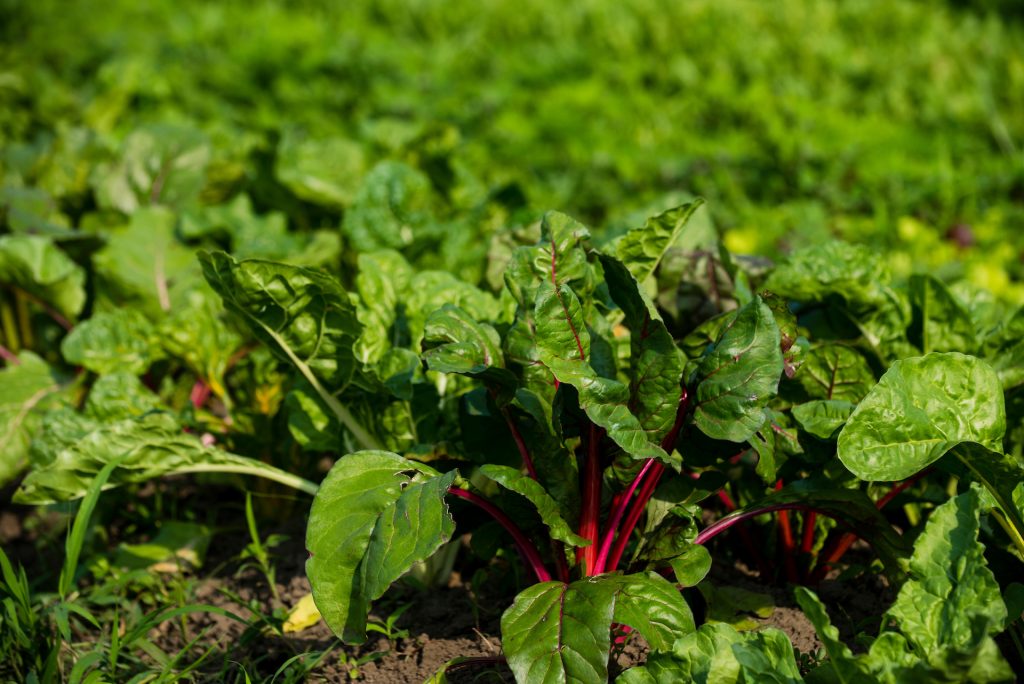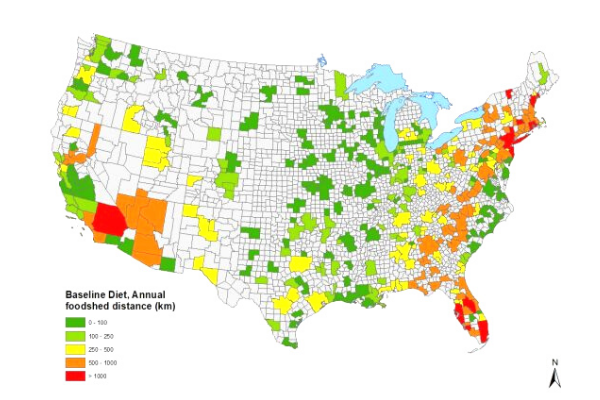What Steps Can You Take to Combat Climate Change?
Is it really as easy as 7 steps? Not entirely, but picking a few ways to make small changes, especially when it comes to food, can make a big difference. With the right research and investments, our current food system has the potential to transform from a cause of climate change to one of the cures.
Rising temperatures, fires raging out of control in the American West and Europe, increasingly fierce storms: they are all consequences of climate change induced by human consumption of fossil fuels, according to the latest report from the United Nations, written by scientists from around the world.
What can we do about it? On personal and national levels, there are steps we can all take, according to experts at the Friedman School of Nutrition Science and Policy. The latest news on reducing the impact of the meat industry? Tufts University just received a $10,000,000 dollar grant to help develop cultivated meat as a joint project between Tufts Engineering and the Friedman School. Learn more about reducing the intake of red meat as part of the 7 changes that can make a big climate difference.
Environmental Costs of the Food System
A healthy diet means a healthier you, which also means a healthier planet, right? Well, it’s complicated.
Zach Conrad, Friedman School alum and assistant professor of nutrition in the Department of Kinesiology & Health Sciences at William & Mary, is the lead author on a study that challenges common perceptions about the link between healthy eating and environmental sustainability. In fact, his research shows that healthy diets can have positive and negative influences on the environment.
Conrad and his co-authors, Nicole Tichenor Blackstone of the Friedman School of Nutrition Science & Policy at Tufts University and Eric Roy of the University of Vermont, calculated the resource use of food that is consumed plus all of the food that is wasted at the grocery store and in the home, as well as the inedible parts like banana peels.
Is It Even Possible for Everyone in the US to Eat Locally?
Some but not all U.S. metro areas could grow all the food they need locally, according to a new study estimating the degree to which the American food supply could be localized based on population, geography, and diet.
The model estimates whether 378 metropolitan areas could meet their food needs from local agricultural land located within 250 kilometers (155 miles). Local potential was estimated based on seven different diets, including the current typical American diet.
“Not everyone lives near enough agricultural land to have an entirely local or even regional food supply. Most cities along the Eastern Seaboard and in the southwest corner of the U.S. could not meet their food needs locally, even if every available acre of agricultural land was used for local food production. Yet, many cities in the rest of the country are surrounded by ample land to support local and regional food systems,” said Chris Peters, senior author and at the time of publication, associate professor at the Friedman School, whose research focused on sustainability science.
The results suggest:
› Metro centers in the Northwest and interior of the country have the greatest potential for localization.
› Large portions of the population along the Eastern Seaboard and the southwest corner of the U.S. would have the least potential for localization.
› Surplus land existed under all diet scenarios, raising questions about the best use of land for meeting health, environmental, and economic goals.

